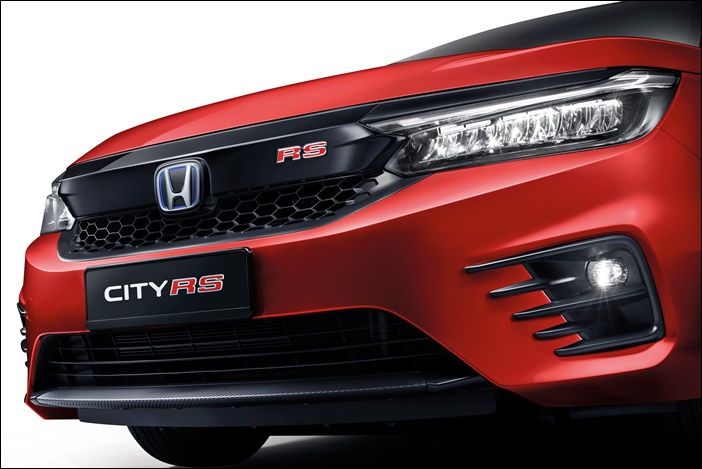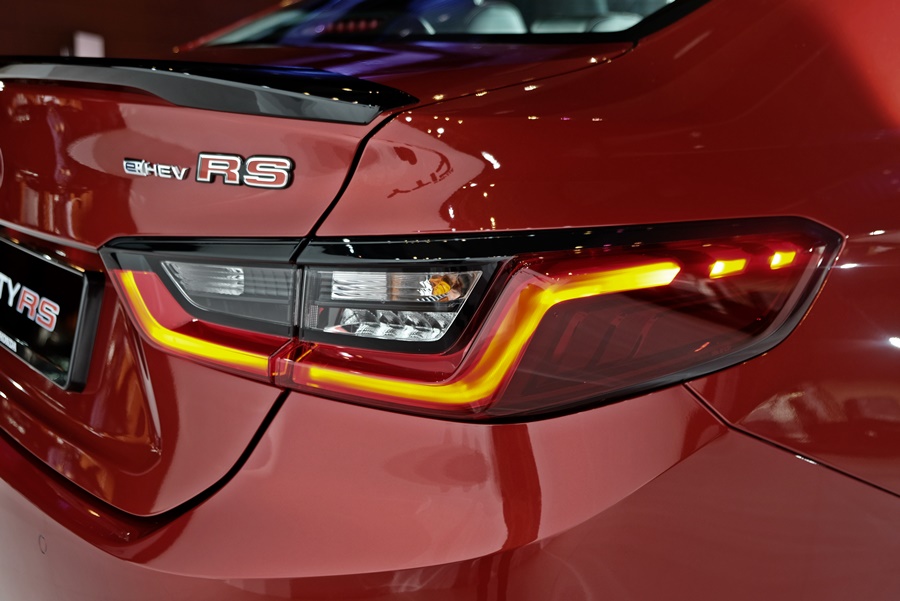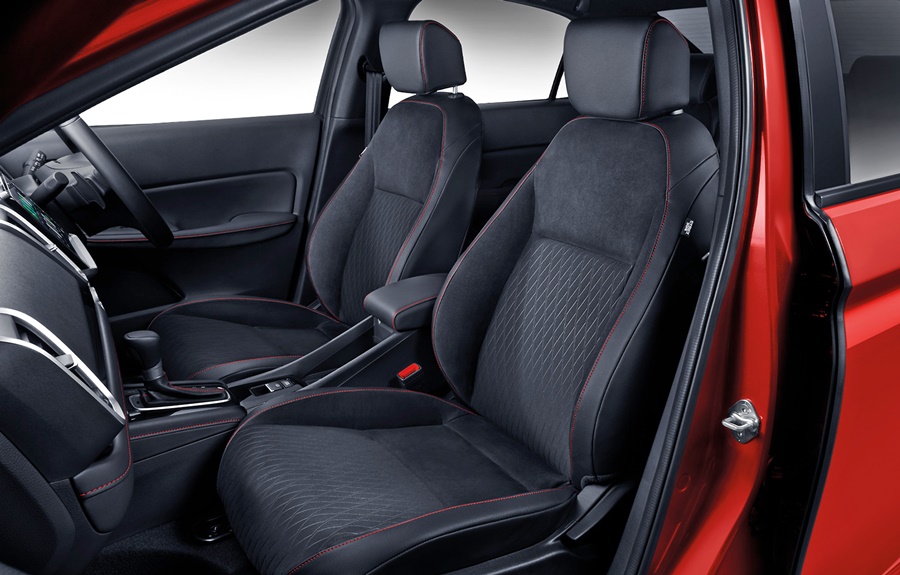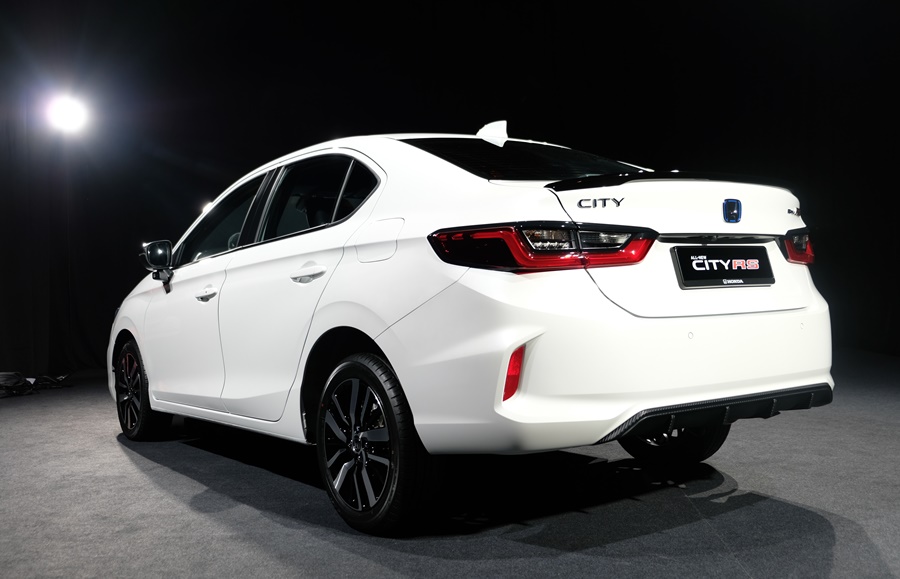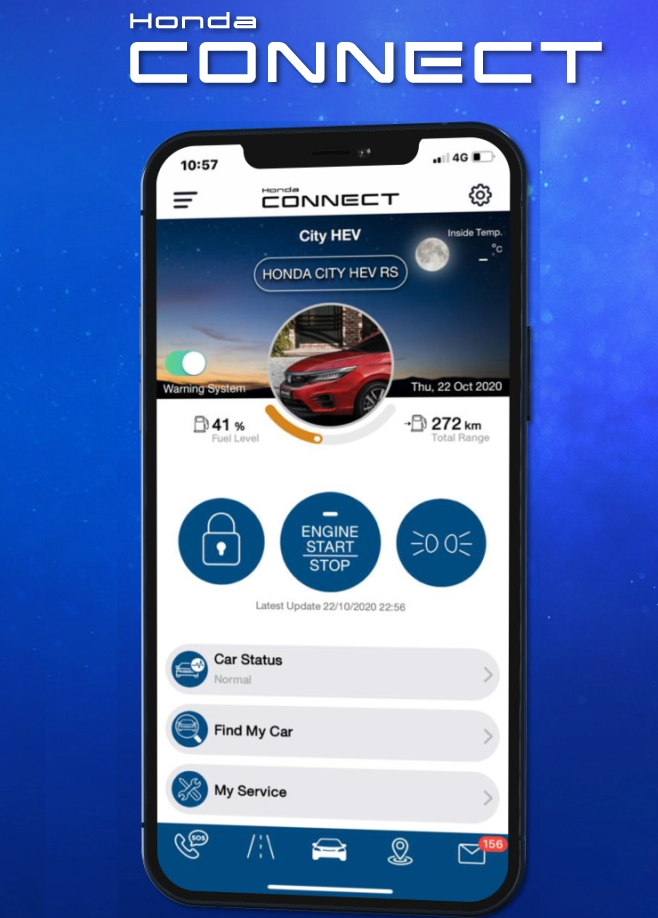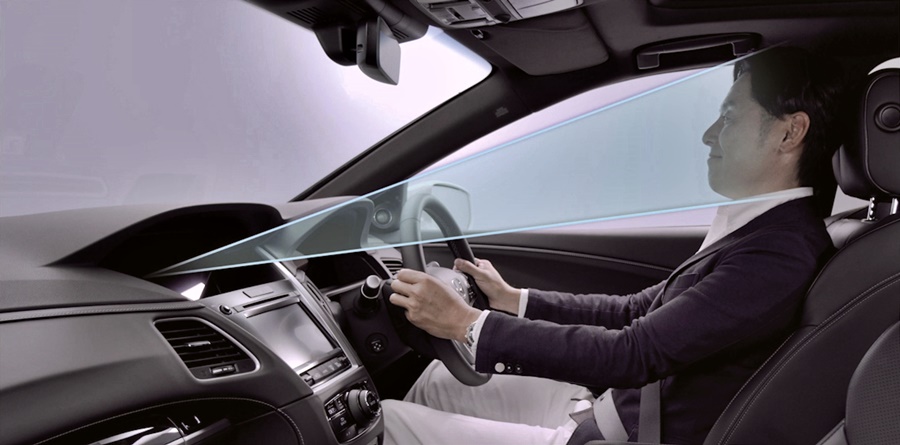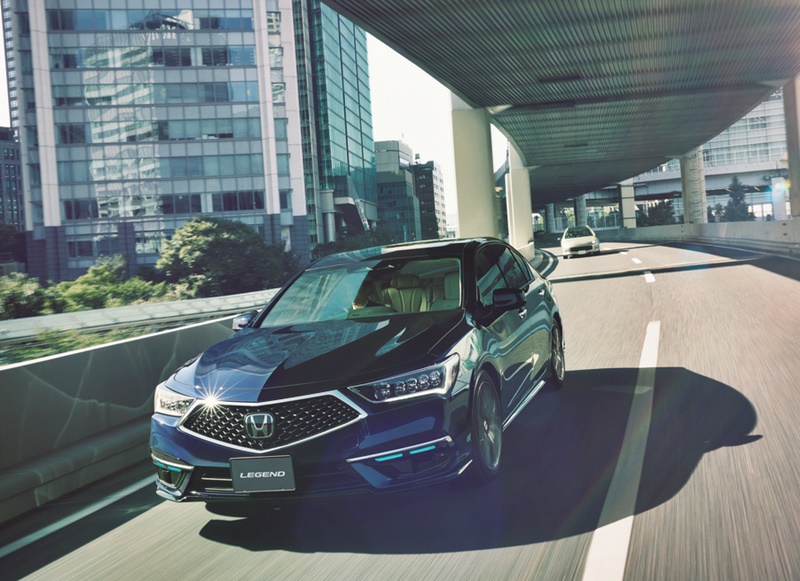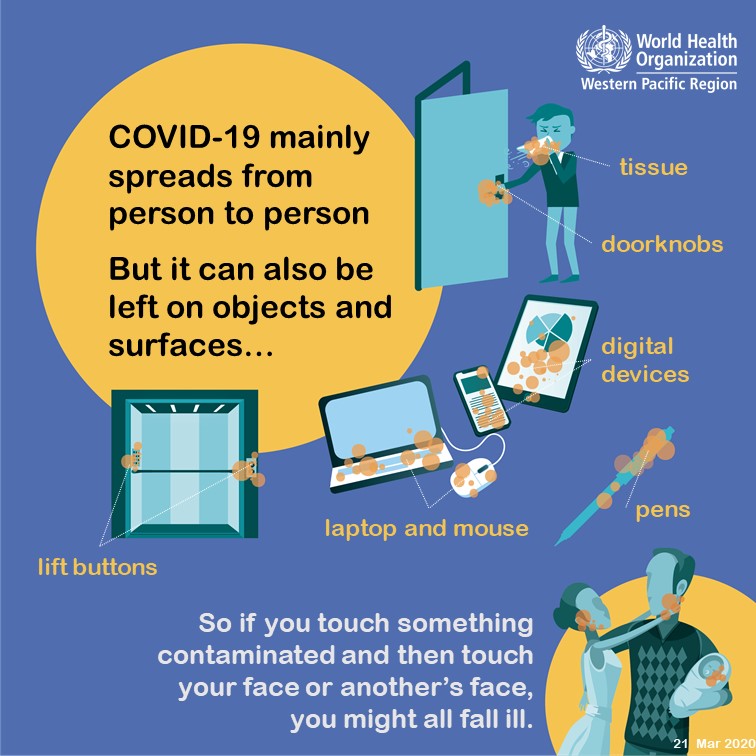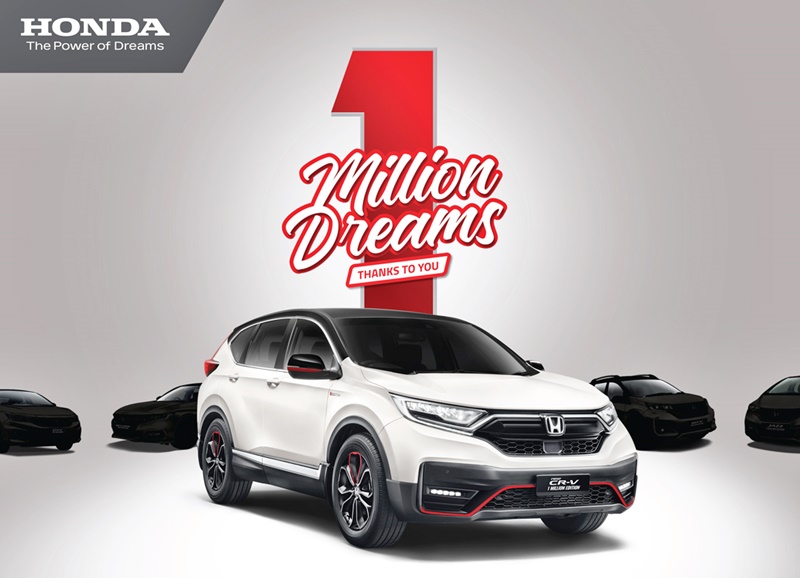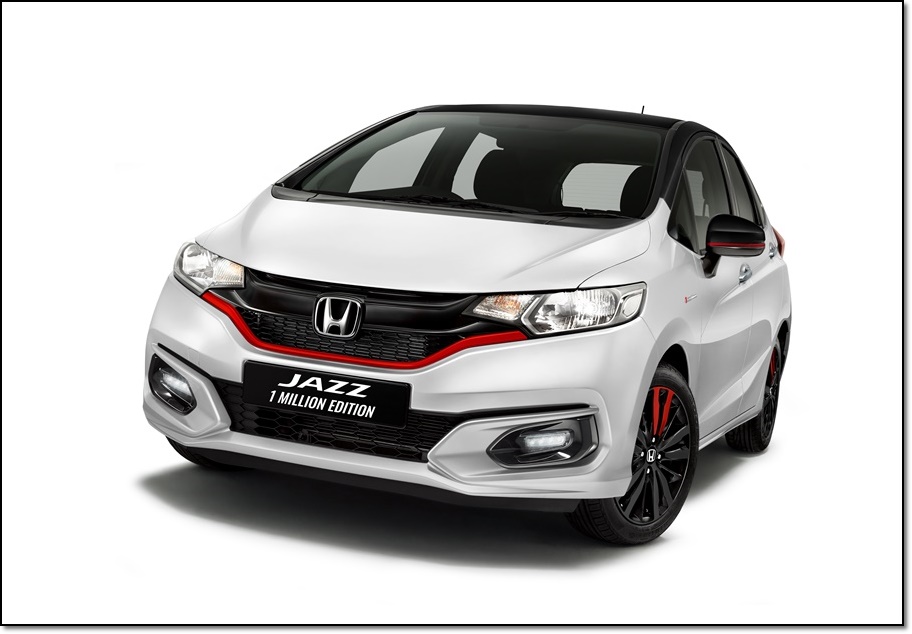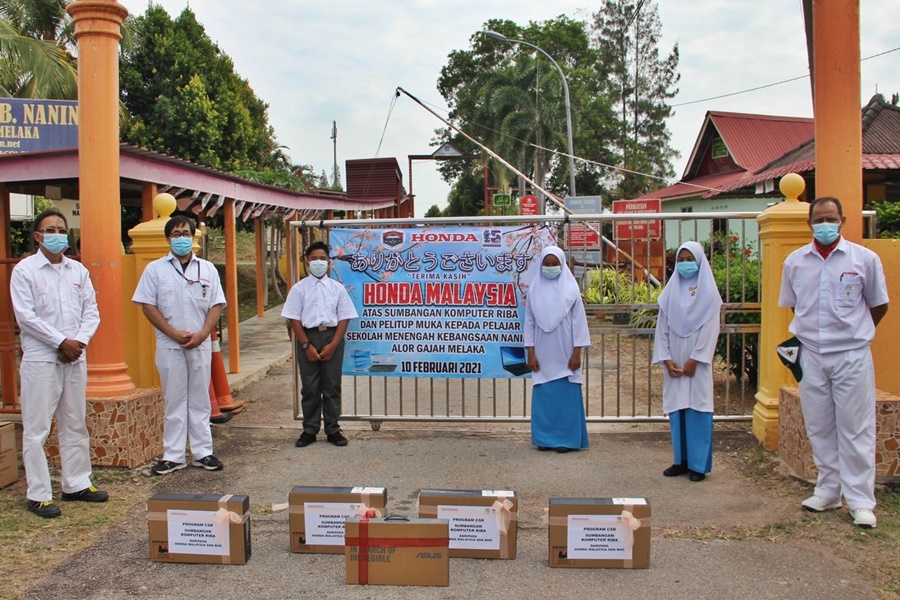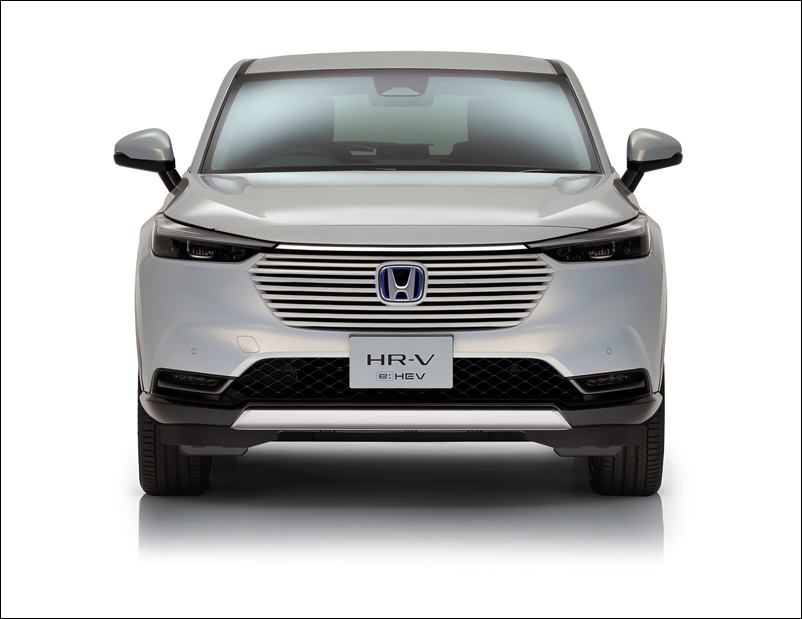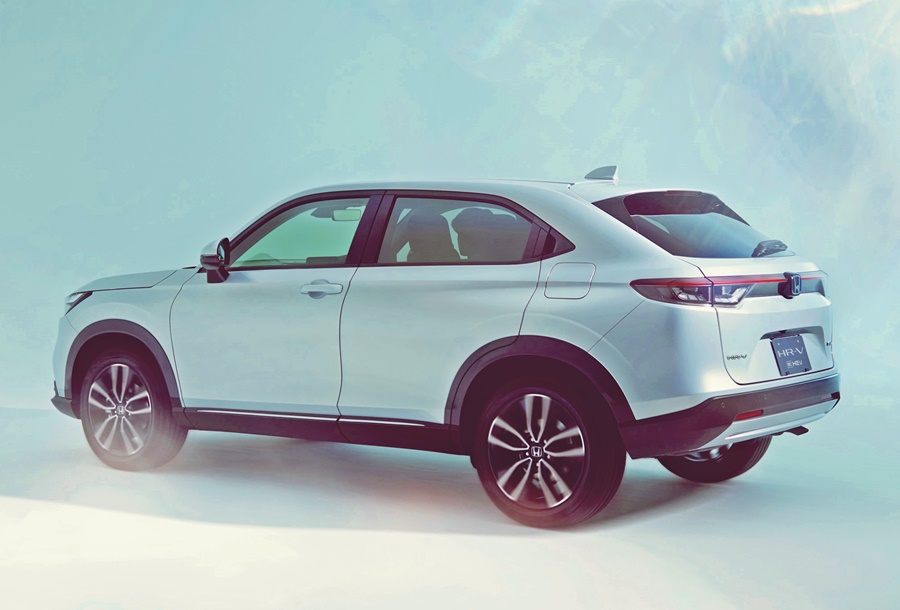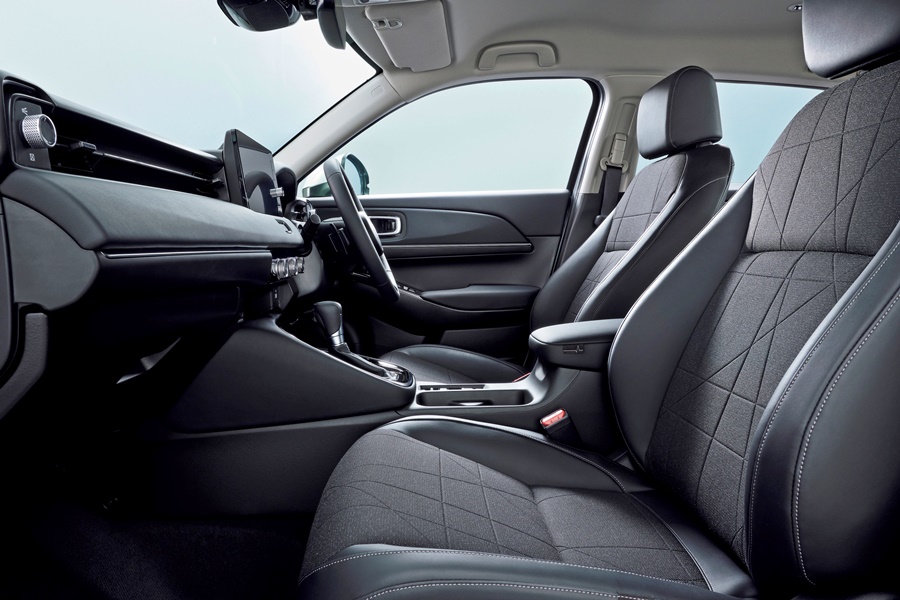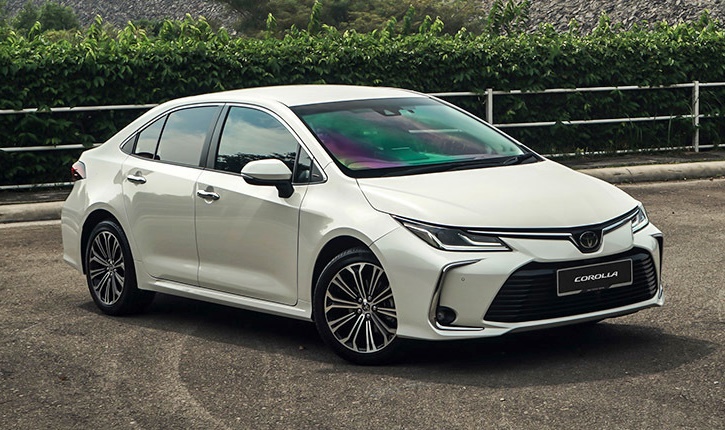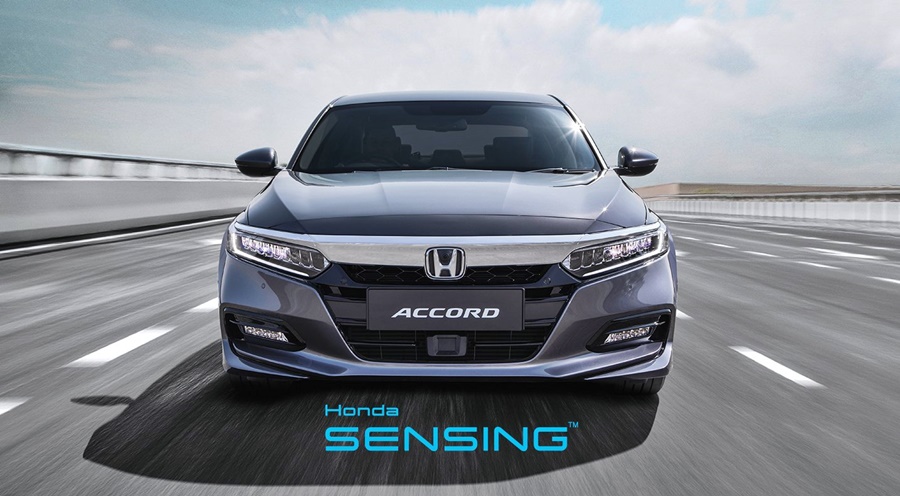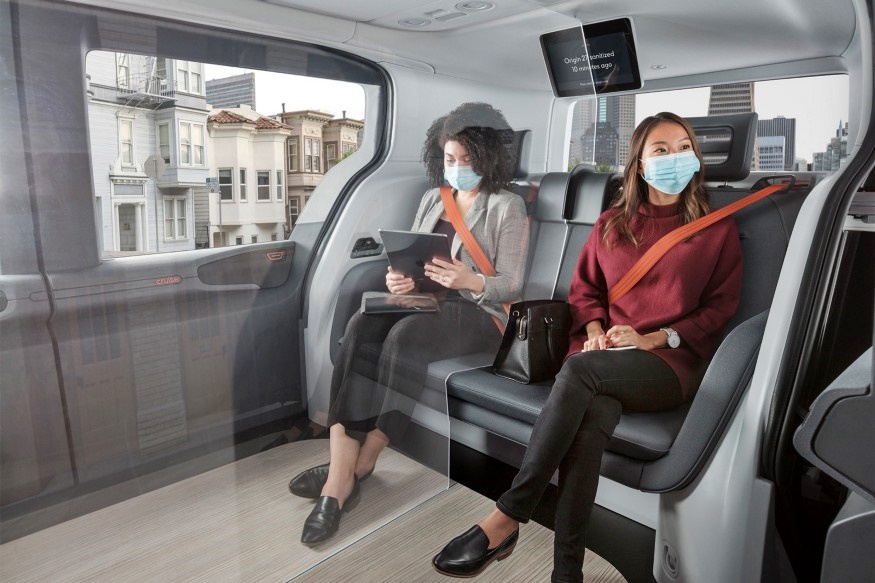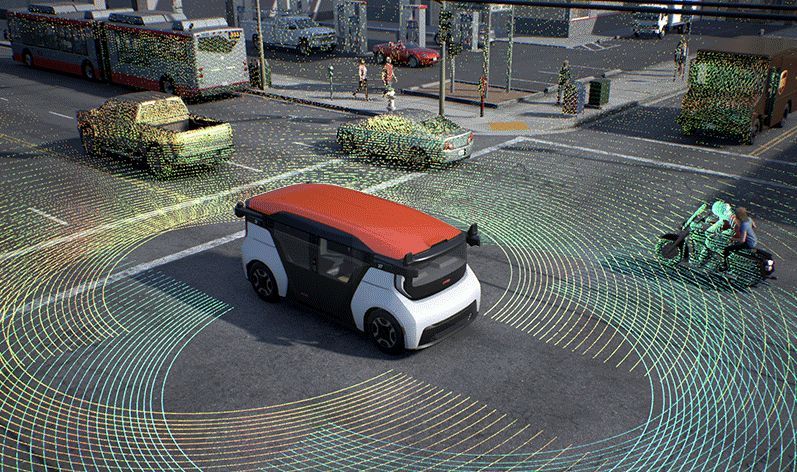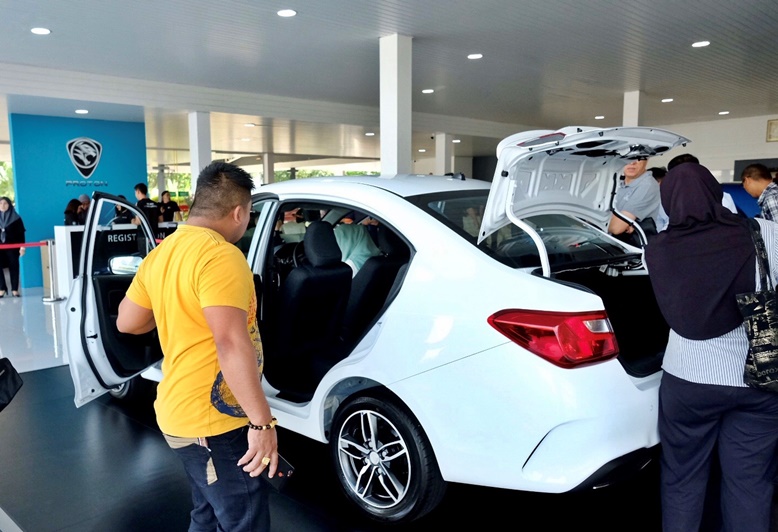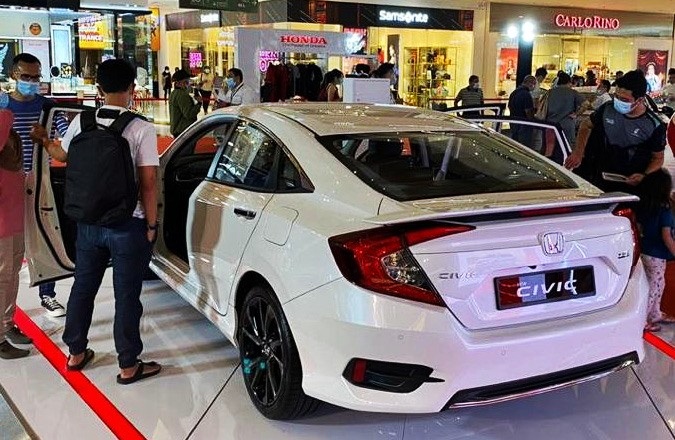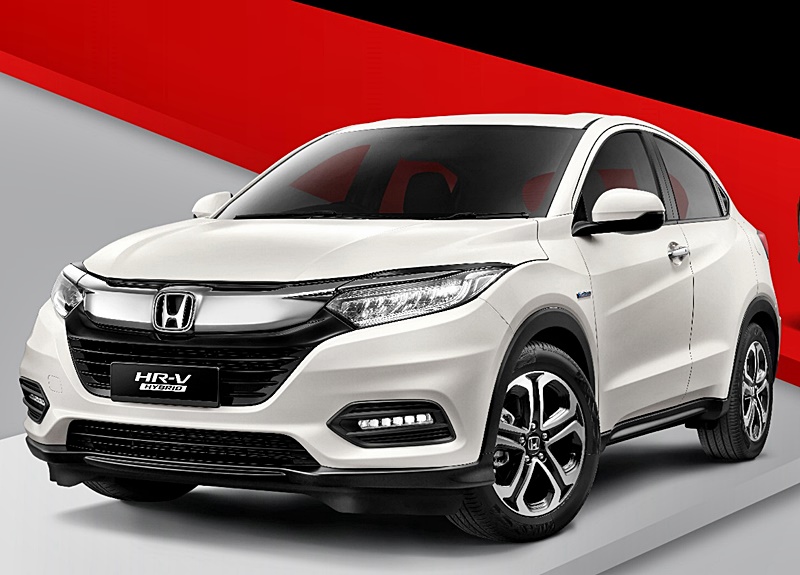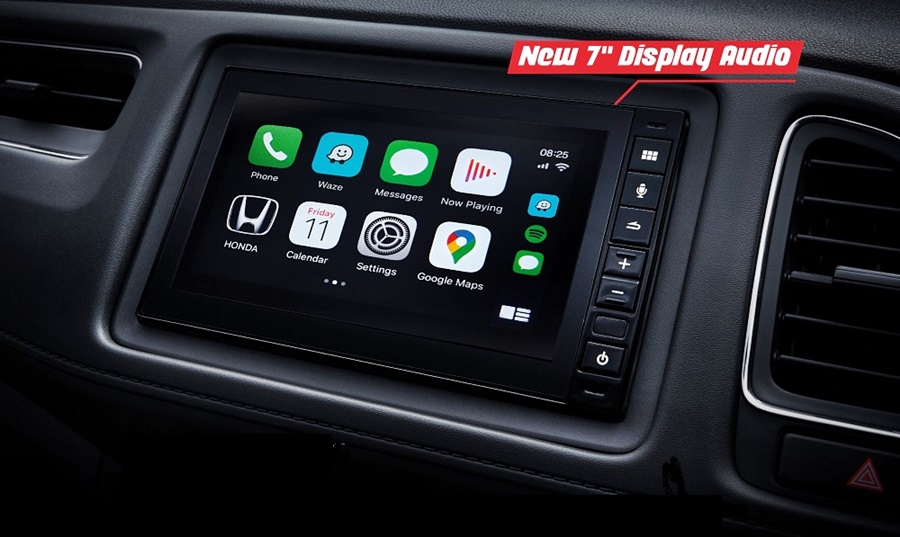
When the fifth generation of the City was introduced in Malaysia last year, four variants were presented – but only three were in the showrooms. The fourth – which was the flagship City RS e:HEV – was not available then and was this eagerly awaited because it promised to be a game-changer in its segment (as some other Honda models have been in the past). In any case, even without the City RS, the other three variants sold briskly with more than 13,100 units already delivered, out of over 20,000 bookings received to date.
Now the City RS is starting to roll out of the Honda plant on Melaka and first deliveries are commencing to waiting customers. The price has also been announced as RM105,950.45 (excluding insurance and sales tax, the latter exemption only until June 30, 2021). Malaysia is the first country to have the variant, a reflection of the importance of this market to the Japanese carmaker.
“Today we are pleased to announce the official price for the All-New City RS e:HEV at with an overall package that is beyond the B-segment, complete with Next Generation Advanced Technology, Honda SENSING as well as Honda CONNECT, class-leading innovative features and a sporty exterior. I would like to convey my sincere gratitude to our customers who have booked the RS e:HEV variant and waited patiently for the official price announcement,“ said Honda Malaysia’s Managing Director & CEO, Toichi Ishiyama.
Mr. Ishiyama said that the new City, being the leader in the non-national B-segment, was a strong contributor to Honda maintaining its No.1 position in the non-national segment for the sixth consecutive year.

Sportier exterior features
The exterior of the City RS is strongly differentiated from the other variants with the Gloss Black Grille and lower grille design as well as the diffuser integrated in the rear bumper. It also comes with a Gloss Black Bootlid Spoiler and the door mirror housings are finished Gloss Black as well.
Other standard equipment includes LED Headlights Daytime Running Lights (DRLs), Foglights and Taillights as well as Dual-Tone 16-inch Alloy Wheels.
2-motor hybrid system
The hybrid powertrain is something new too with a highly efficient 2-motor system working with the familiar 1.5-litre DOHC i-VTEC intelligent Multi-Mode Drive (i-MMD) system. Referred to as the e:HEV system, it delivers up to 109 ps with a class-leading 253 Nm of torque, guaranteeing strong acceleration.
Besides the efficiency of the Electric Continuously Variable Transmission (e-CVT), the City RS runs in three different driving modes – EV Drive, Hybrid Drive and Engine Drive – depending on conditions. There are also Deceleration Selector Paddles that enable the driver to activate power regeneration and decelerate the car without stepping on the brake pedal.
Advanced infotainment features
Inside, there are high-quality textures and a sophisticated premium all around the spacious cabin. Displays include a 7-inch Interactive Thin Film Transistor (TFT) meter and an 8-inch colour touchscreen that is like a sophisticated ‘command centre’ from which the driver uses Honda CONNECT and other infotainment features. The system has Apple CarPlay and Android Auto to enable interfacing with compatible smartphones which means favourite and functional apps can be transferred and accessed from the dashboard.
In keeping with its sportier image, the City RS comes with Sport Pedal Pads and the Ultrasuede seats have red stitching (also used in other trim areas).
Smart telematics technology
The City RS e:HEV is the first model in Honda Malaysia’s range to offer innovative Honda CONNECT technology which is only just rolling out in a small number of markets globally. Again, like the e:HEV system, Honda has put Malaysia as one of the early markets to receive this new technology. Honda CONNECT utilizes smart telematics technology to bring connectivity to a whole new level for owners and provides services 24/7. With this technology, safety, security and convenience are enhanced for a more enjoyable ownership experience.
Click here to read more about Honda CONNECT
Honda SENSING
Honda SENSING, the brand’s suite of driver-assistance systems, is now present on all models but the number of sub-systems (all integrated) varies. In the case of the City RS, there are seven systems:
- Adaptive Cruise Control (ACC)
- Collision Mitigation Braking System (CMBS)
- Forward Collision Warning (FCW)
- Lane Keep Assist System (LKAS)
- Road Departure Mitigation (RDM)
- Lane Departure Warning (LDW)
- Auto High Beam (AHB)
All the systems use a camera with a wide field of view installed in the grille to scan the road ahead. The camera imagery of road markings, road edges and other vehicles is analysed by a computer and appropriate action is taken to avoid or prevent accidents.
Additionally, there is also Honda LaneWatch, an innovative blindspot monitoring system which uses a small camera installed in the left door mirror. When the left signal is activated, the camera starts showing the view along the left side of the car on the display screen. The advantage of this approach is that the driver does not have to turn the head as much as looking at the door mirror. Just a slight turn towards the middle of the dashboard will be enough and the display has clear images day and night.
Though not new in this market, the Remote Engine Start is a first-in-segment feature that City owners get. It allows starting the engine while away from the car and even activating the air-conditioner to cool down the interior – definitely what we need in Malaysia. Needless to say, there is keyless entry and you don’t need a key to start/stop the engine. This variant also comes with an Electric Parking Brake which engages with an almost effortless a lift of a small tab.
Consistent 5-Star record
The City has already been tested by ASEAN NCAP which gave it the maximum of 5 stars. In fact, for the ASEAN NCAP Grand Prix Awards 2020, the model received the safety organisation’s Excellent Award for Consistent 5-Star performance which has been achieved since the third generation.
Interested in getting one? If you don’t wish to go to a showroom, you can use the New Car Pre-Booking Online Platform at prebook.honda.com.my to pre-book the car. However, if you want to view and test-drive first, you can visit any authorised Honda dealer nationwide. Locations can be found at www.honda.com.my or by calling Honda Malaysia’s Toll-Free number 1-800-88-2020.
Seven Special Edition models to be won in Honda’s ‘1 Million Dreams’ campaign




